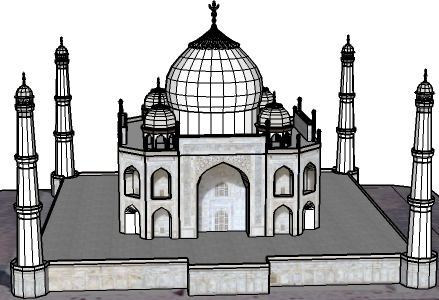Fatal error: Uncaught DivisionByZeroError: Division by zero in /var/www/vhosts/size-explorer.com/httpdocs/templates_c/fcf8caf7dda6020bbdd584f0f398c4b78cb7b4a0_0.file.buildings.tpl.php:450
Stack trace:
#0 /var/www/vhosts/size-explorer.com/httpdocs/smarty/sysplugins/smarty_template_resource_base.php(123): content_662137693f2671_53317482()
#1 /var/www/vhosts/size-explorer.com/httpdocs/smarty/sysplugins/smarty_template_compiled.php(114): Smarty_Template_Resource_Base->getRenderedTemplateCode()
#2 /var/www/vhosts/size-explorer.com/httpdocs/smarty/sysplugins/smarty_internal_template.php(216): Smarty_Template_Compiled->render()
#3 /var/www/vhosts/size-explorer.com/httpdocs/smarty/sysplugins/smarty_internal_templatebase.php(238): Smarty_Internal_Template->render()
#4 /var/www/vhosts/size-explorer.com/httpdocs/smarty/sysplugins/smarty_internal_templatebase.php(134): Smarty_Internal_TemplateBase->_execute()
#5 /var/www/vhosts/size-explorer.com/httpdocs/index.php(833): Smarty_Internal_TemplateBase->display()
#6 {main}
thrown in /var/www/vhosts/size-explorer.com/httpdocs/templates_c/fcf8caf7dda6020bbdd584f0f398c4b78cb7b4a0_0.file.buildings.tpl.php on line 450
 Welcome to Size-Explorer
The first FREE portal which is able to compare COVID-19 Virus stats, bombs, buildings, helicopters, airplanes, cities, countries, continents and planets in an userfriendly interface
Are you ready?
You already have an account? Go to login
Welcome to Size-Explorer
The first FREE portal which is able to compare COVID-19 Virus stats, bombs, buildings, helicopters, airplanes, cities, countries, continents and planets in an userfriendly interface
Are you ready?
You already have an account? Go to login

